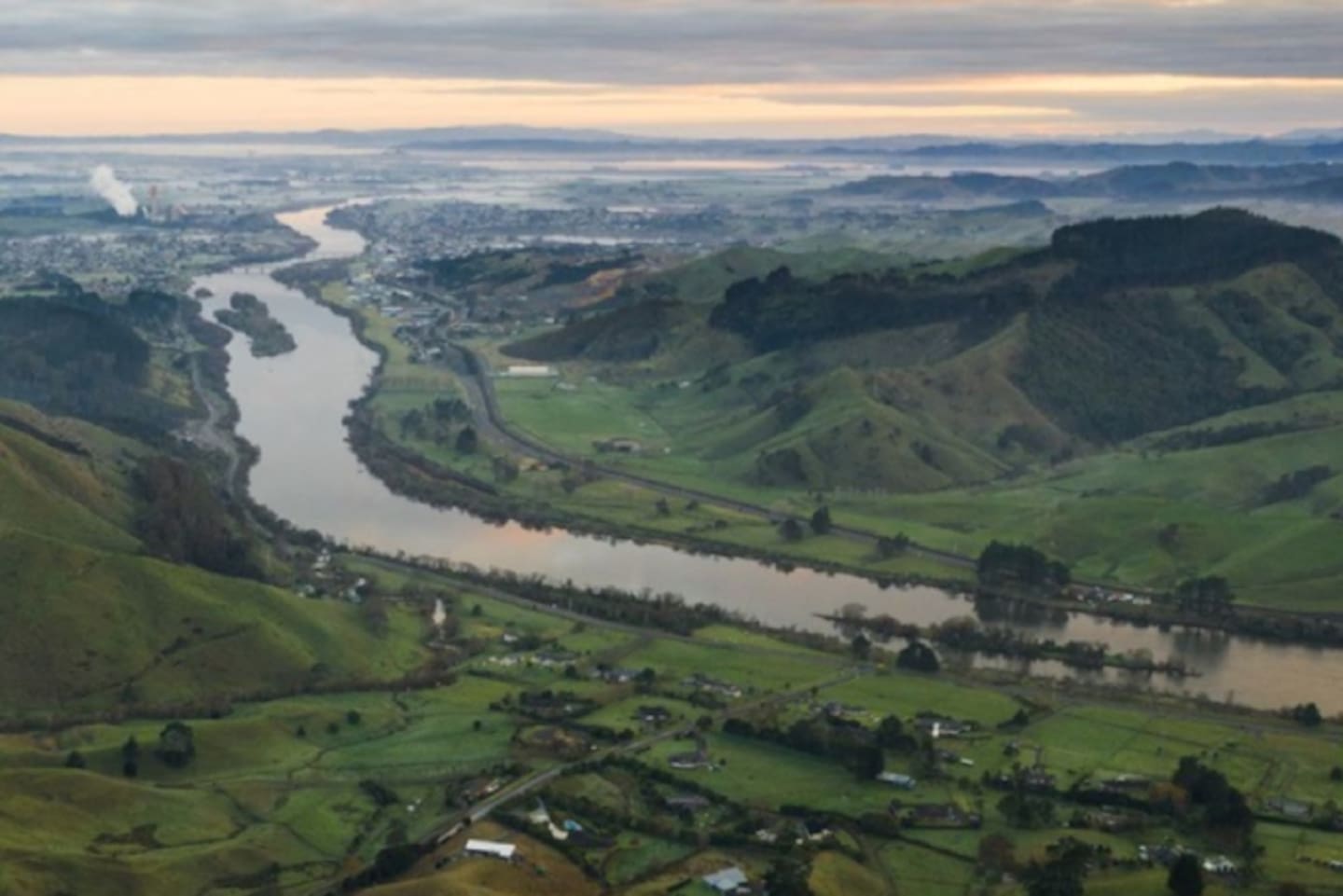Elevated levels of arsenic have been detected in the Waikato River, affecting water supplies in Auckland and Waikato.
The Government has been briefed this evening and sought assurances that water supplies are safe.
Authorities are carrying out further testing with results due back tomorrow.
Watercare is also rejigging the way it processes water to reduce the amount of arsenic in the city’s water supply but said there was no immediate concern to public health.
Steve Taylor, head of operations at Water Services Authority (WSA), told Newstalk ZB there had been increased levels of arsenic recorded in the Waikato River, affecting water supplies in Auckland and Hamilton.
He said there was “naturally a level of arsenic” in the river, but it had been notified levels had increased recently.
“I’m not sure what the reason for that increase is and that is affecting water supplies in Auckland and Hamilton,” he said.
He explained the maximum acceptable value for arsenic is 0.01mg a litre – an “incredibly low amount” – but they had seen levels around 0.013mg, which is “marginally above the acceptable value for drinking water”.
“The level of arsenic is above what we’ve described as a maximum acceptable value, but it’s not at a level that we would suggest has a significant health effect.
“There’s no health risk in drinking that water,” Taylor said.
“What we would expect is that those levels of arsenic would reduce over time.”

Elevated readings of arsenic have been recorded in the Waikato River. Photo / Waikato District Council.
Taylor said it is safe for people to keep drinking tap water.
“The key thing about the maximum acceptable value for arsenic is it’s designed for long-term exposure, so it’s not an acute level.
”Unlike some other levels, you know, if you exceed that level, it has an immediate health effect – that’s not the case with these levels.”
Taylor said the WSA was only notified of the elevated levels on Wednesday and it had been “a very short-term situation”.
”We’ve contacted the [Waikato] regional council to try and understand what is the reason for this change in source water,” he said.

Local Government Minister Simeon Brown has been briefed on the issue this evening. Photo / Mark Mitchell
Local Government Minister Simeon Brown said he had been briefed on the issue by the WSA this evening.
“I have asked the WSA to ensure that water suppliers in Auckland and Hamilton are taking appropriate steps, and that they communicate with their customers,” Brown said.
“The WSA is the lead agency for this issue and will be providing regular updates.”
Watercare reduces production at Waikato Water Treatment Plant
The Herald repeatedly sought comment from Watercare this afternoon and it responded shortly before 8pm, saying it had reduced production at its Waikato Water Treatment Plant since detecting the elevated result.
Watercare CEO Mark Bourne said the Waikato River supplies about 20% of Auckland’s drinking water.
”We treat the water at our Waikato Water Treatment Plant in Tūākau and distribute it throughout the metropolitan network.
”In most parts of Auckland, treated water from the Waikato River is blended with treated water from our dams. However, Pukekohe, Buckland, Clarks Beach/Waiau Pā, Patumahoe, Glenbrook Beach, and Drury south receive water solely sourced from the Waikato River.”
Bourne said Watercare had increased production at its major Ardmore plant, which treats water from four dams in the Hūnua Ranges.
“This extends the processing time at the plant, and we expect it to improve our ability to reduce the level of arsenic in the treated drinking water.
“We’re working closely with other agencies and will continue to share information as we learn more.”
The current minor exceedance of the standards does not present any immediate concern for public health, Watercare said.
A Waikato District Council spokesperson said Watercare operates the local water networks in the area under contract.
“Pōkeno and Tūākau are supplied by Watercare’s Waikato Water Treatment Plant. There are also treatment plants that serve the townships of Huntly, Te Kauwhata, Meremere, Taupiri and Ngāruawāhia.”
The spokesperson said samples from these plants were being tested, with results due tomorrow.
Hamilton City Council’s water supply remained safe for drinking, bathing, cleaning and cooking, following test results that showed small increases in the level of arsenic present.
What is arsenic?
The Health New Zealand Te Whatu Ora website describes arsenic as a substance found in rock, which in some situations “harms your health”.
It commonly enters the body in food and water and people can swallow small amounts every day for a long time without any obvious health effects.
But swallowing larger amounts may cause long-term health effects, arsenic poisoning or death.
Someone with arsenic poisoning may suffer from:
- Stomach pain, nausea, vomiting and diarrhoea.
- Extreme tiredness and bruising.
- An abnormal heartbeat.
- A “pins and needles” feeling in the hands and feet.
- Arsenic can not be removed from water by boiling it.
LISTEN ABOVE
Take your Radio, Podcasts and Music with you










